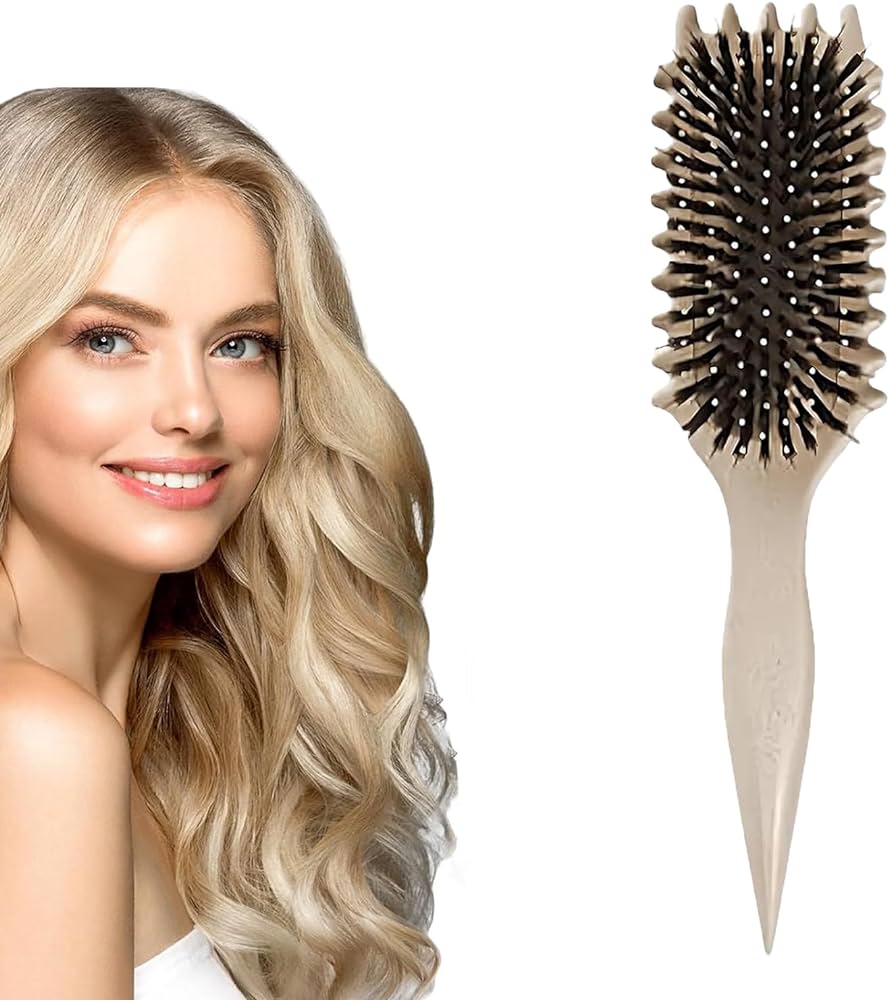Introduction:
Understanding the optimal frequency for hair brushing
Brushing your hair is an essential part of haircare, promoting scalp health, distributing natural oils, and detangling knots. However, excessive or improper brushing can cause damage and breakage. Understanding the optimal frequency for hair brushing is crucial for maintaining the health and integrity of your hair. In this comprehensive guide, we will explore how often you should brush your hair based on hair type, length, and specific needs. By finding the right balance, you can achieve healthy, lustrous locks.
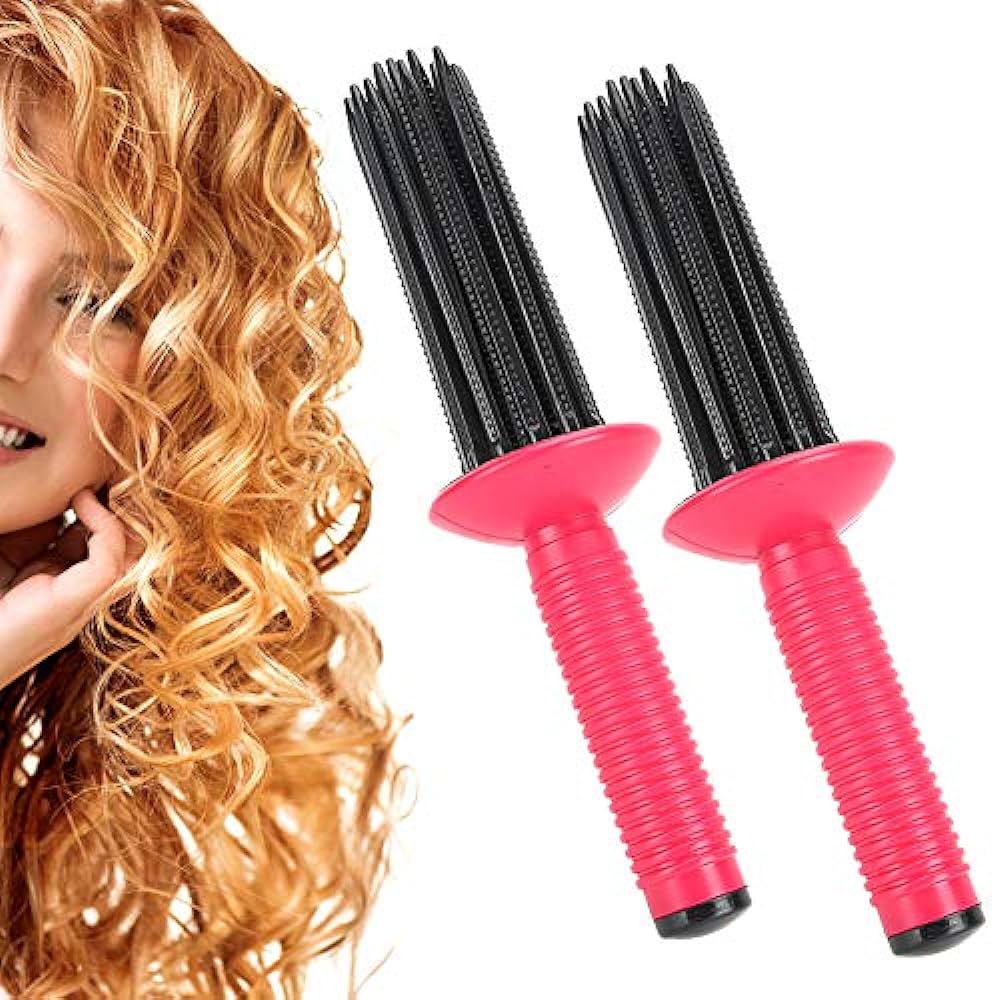
How Often Should You Brush Your Hair?
-
Factors influencing the frequency of hair brushing
a. Hair type: Different hair types have different needs when it comes to brushing. Fine, straight hair may require more frequent brushing, while curly or wavy hair benefits from a gentler approach to prevent frizz and disruption of the curl pattern.
b. Hair length: The length of your hair also affects the frequency of brushing. Longer hair tends to tangle more easily and may require more frequent brushing to prevent matting and knots.
c. Scalp health: Regular brushing helps promote a healthy scalp by stimulating blood circulation and distributing natural oils. If you have a dry scalp or excess oil production, adjusting your brushing frequency can help maintain scalp balance.
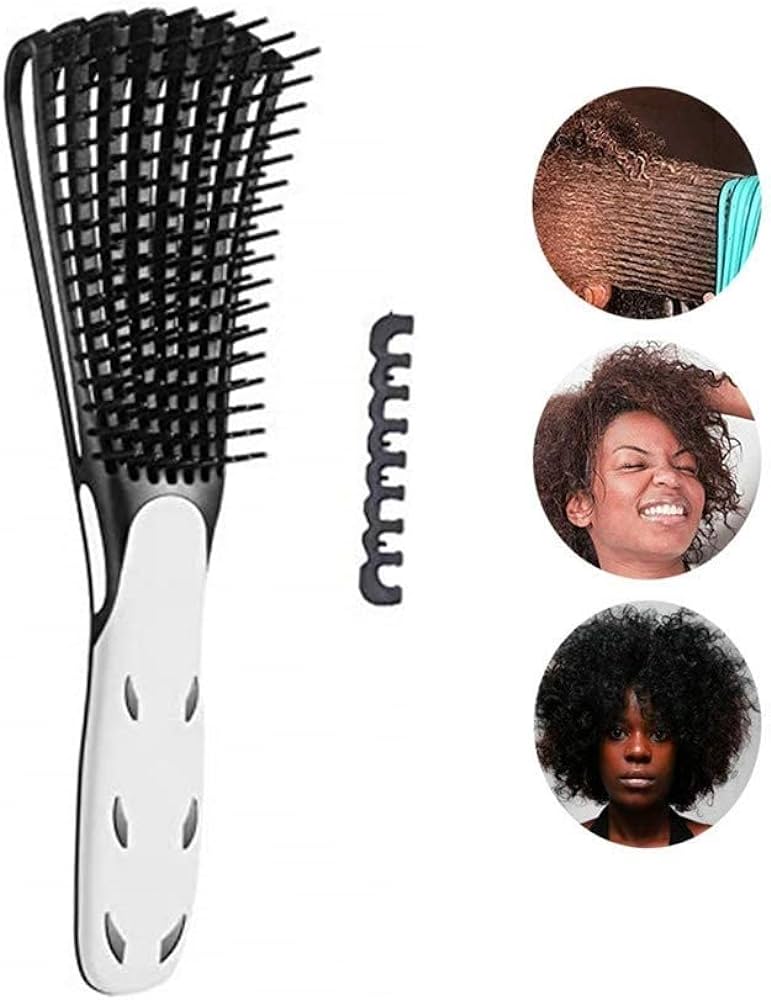
-
Brushing frequency for different hair types
a. Fine, straight hair: Fine, straight hair can benefit from daily brushing to distribute natural oils from the scalp to the ends, promoting shine and reducing oiliness at the roots. Use a brush with soft bristles to minimize damage.
b. Thick, straight hair: Thick, straight hair may also benefit from daily brushing to distribute natural oils and detangle. However, if your hair is prone to frizz or breakage, consider brushing every other day or using a wide-toothed comb to reduce damage.
c. Curly or wavy hair: Curly or wavy hair should be brushed less frequently, ideally when it’s dry or when you’re applying products. Over-brushing can disrupt the natural curl pattern and lead to frizz and breakage. Instead, use your fingers or a wide-toothed comb to detangle, starting from the ends and working your way up.
d. Coily or Afro-textured hair: Coily or Afro-textured hair should be handled with care to avoid breakage and preserve curl definition. Brushing should be minimized to prevent excessive frizz. Opt for finger detangling or gently combing with a wide-toothed comb when necessary.
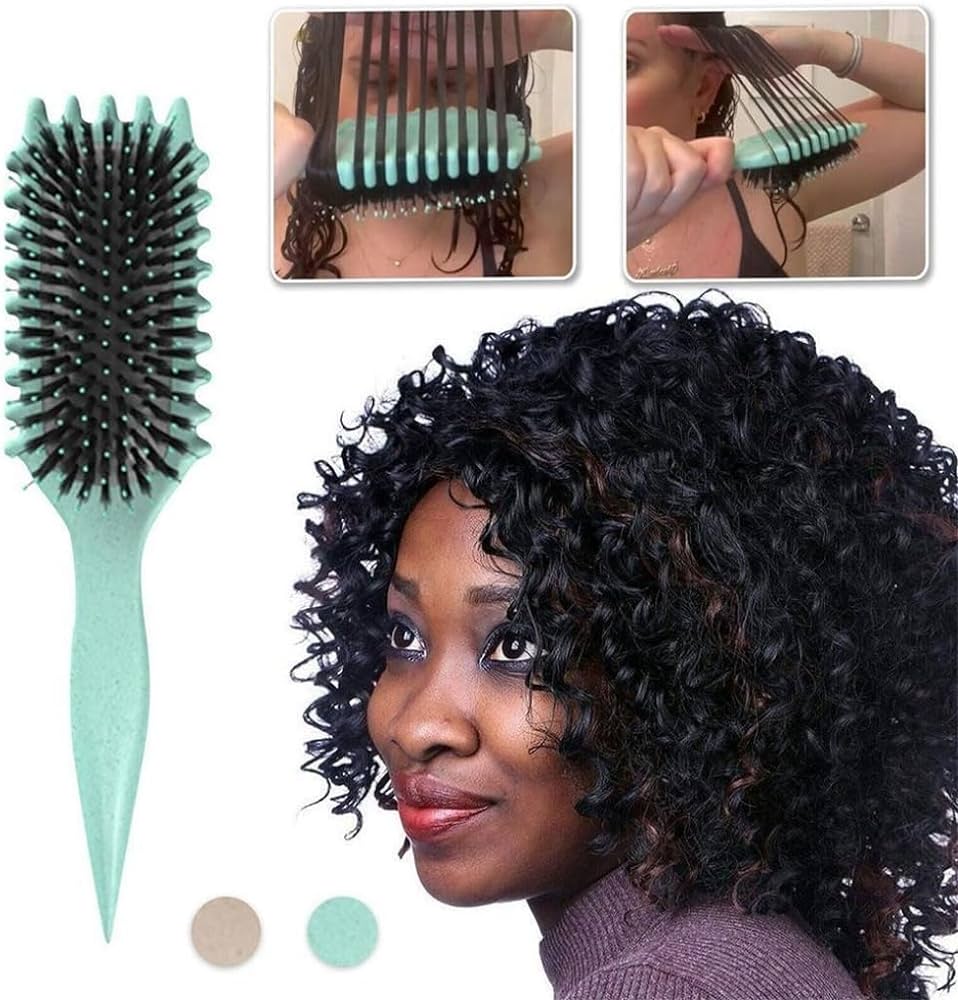
-
Additional considerations for hair brushing
a. Minimize brushing when wet: Wet hair is more vulnerable to damage, so avoid brushing it immediately after washing. Instead, use a wide-toothed comb or a detangling brush specifically designed for wet hair to gently remove knots and distribute conditioner.
b. Brush before bed: Before going to bed, gently brush your hair to remove tangles and distribute natural oils from the scalp. This helps prevent tangles and knots from forming overnight.
c. Adjust according to styling choices: If you frequently style your hair with heat or chemical treatments, minimize brushing to reduce breakage. Opt for styling tools and techniques that require less brushing or manipulation.
d. Be mindful of breakage-prone areas: Pay attention to areas where your hair is more prone to breakage, such as the hairline or the crown. Brush these areas with extra care and use a wide-toothed comb or your fingers to detangle gently.
-
Signs that you may be over-brushing or under-brushing
a. Over-brushing: If your hair feels excessively dry or develops split ends, it may be a sign of over-brushing. Additionally, increased frizz, breakage, or scalp irritation can indicate that you’re brushing your hair too frequently.
b. Under-brushing: On the other hand, if your hair feels heavy, greasy, or lacks shine, you may not be brushing it enough. Lack of brushing can lead to oil and product buildup, as well as an uneven distribution of natural oils.
-
Customizing your brushing routine
a. Trial and error: Finding the optimal frequency for hair brushing may require some experimentation. Pay attention to how your hair responds to different brushing routines and adjust accordingly.
b. Listen to your hair: Your hair will provide signals about its needs. Consider factors such as oiliness, dryness, tangles, and overall hair health to determine the frequency that works best for you.
c. Seek professional advice: If you’re unsure about the frequency of hair brushing, consult with a hairstylist or trichologist. They can provide personalized recommendations based on your hair type, texture, and specific concerns.
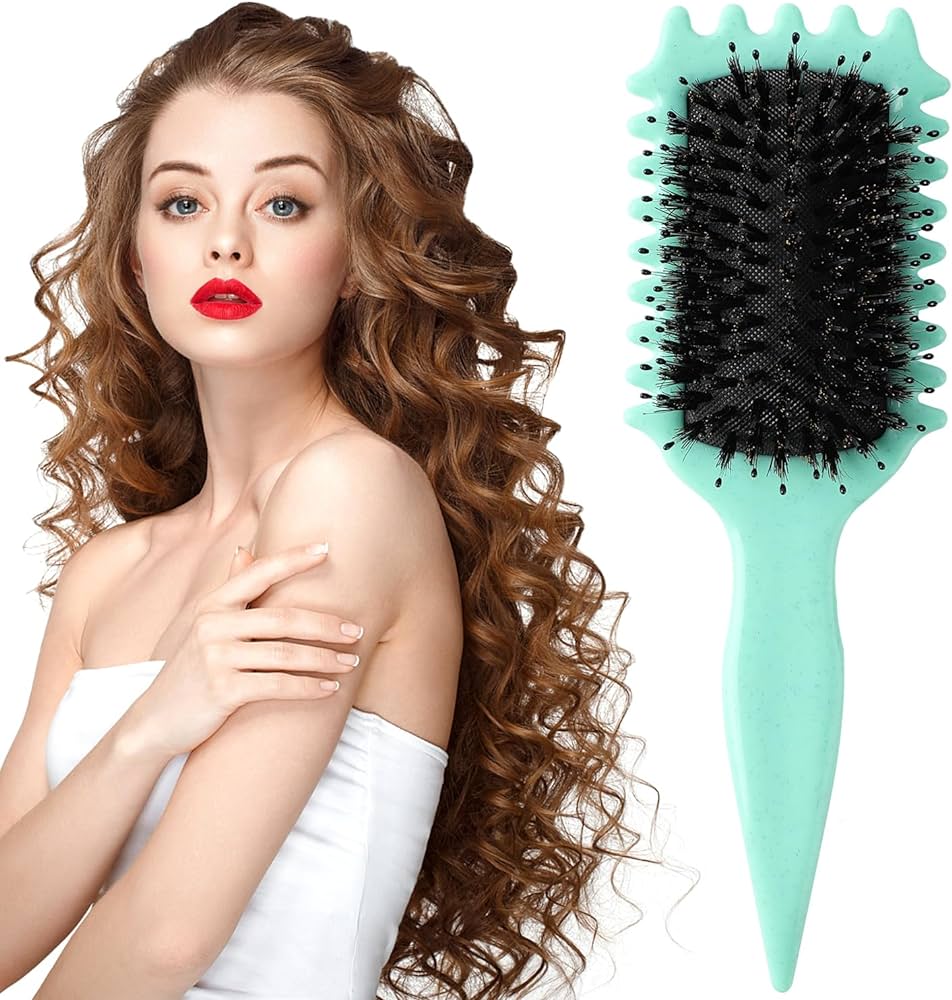
-
Final tips for effective hair brushing
a. Use the right tools: Invest in high-quality brushes and combs that are suitable for your hair type. Look for brushes with smooth and gentle bristles to minimize damage and breakage.
b. Brush from root to tip: When brushing, start from the roots and gradually work your way down to the ends. This helps to distribute natural oils and prevent putting unnecessary strain on the hair.
c. Be gentle: Avoid aggressive brushing or tugging, as this can lead to breakage and damage. Use smooth, slow strokes and apply even pressure to detangle without causing stress on the hair strands.
d. Regularly clean your brushes: Clean your brushes and combs regularly to remove dirt, oil, and product buildup. This ensures that they remain effective and hygienic for your hair.
e. Protect your hair: Before brushing, apply a heat protectant spray if you plan to style your hair using heated tools. This helps to minimize damage from heat and reduce potential breakage.
f. Monitor and adapt: Pay attention to how your hair responds to brushing. If you notice excessive shedding, brittleness, or changes in hair texture, it may be a sign that you need to adjust your brushing routine.
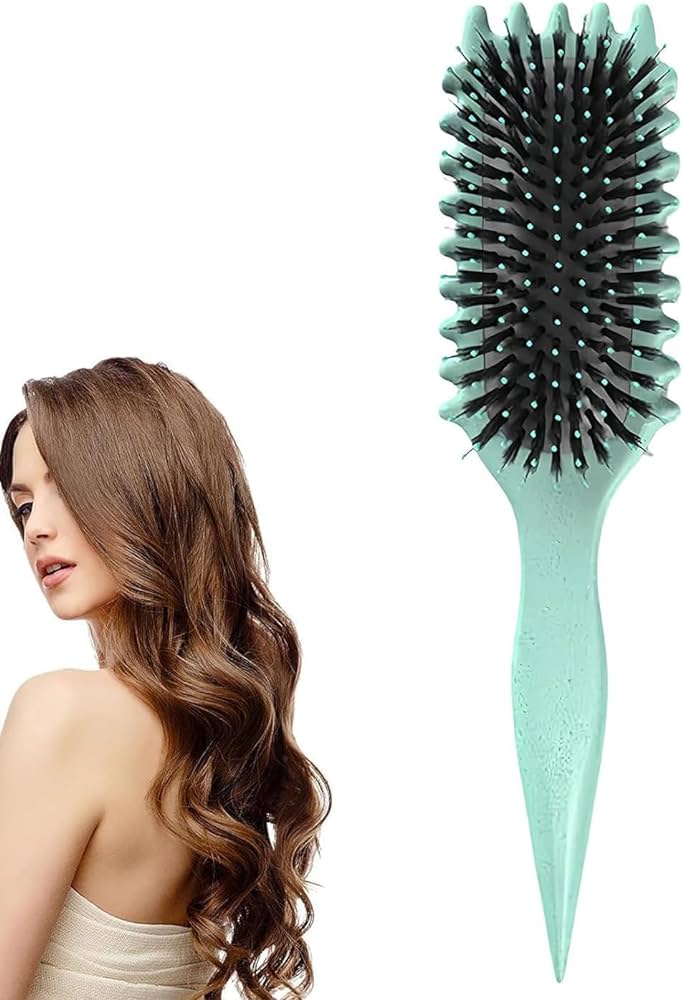
Conclusion: Striking the right balance
The frequency of hair brushing depends on various factors, including hair type, length, and overall hair health. By understanding the needs of your hair and making adjustments accordingly, you can strike the right balance between maintaining a healthy scalp, distributing natural oils, and preventing breakage. Experiment with different frequencies and observe how your hair responds. Ultimately, the goal is to establish a brushing routine that nourishes and enhances the natural beauty of your hair.
